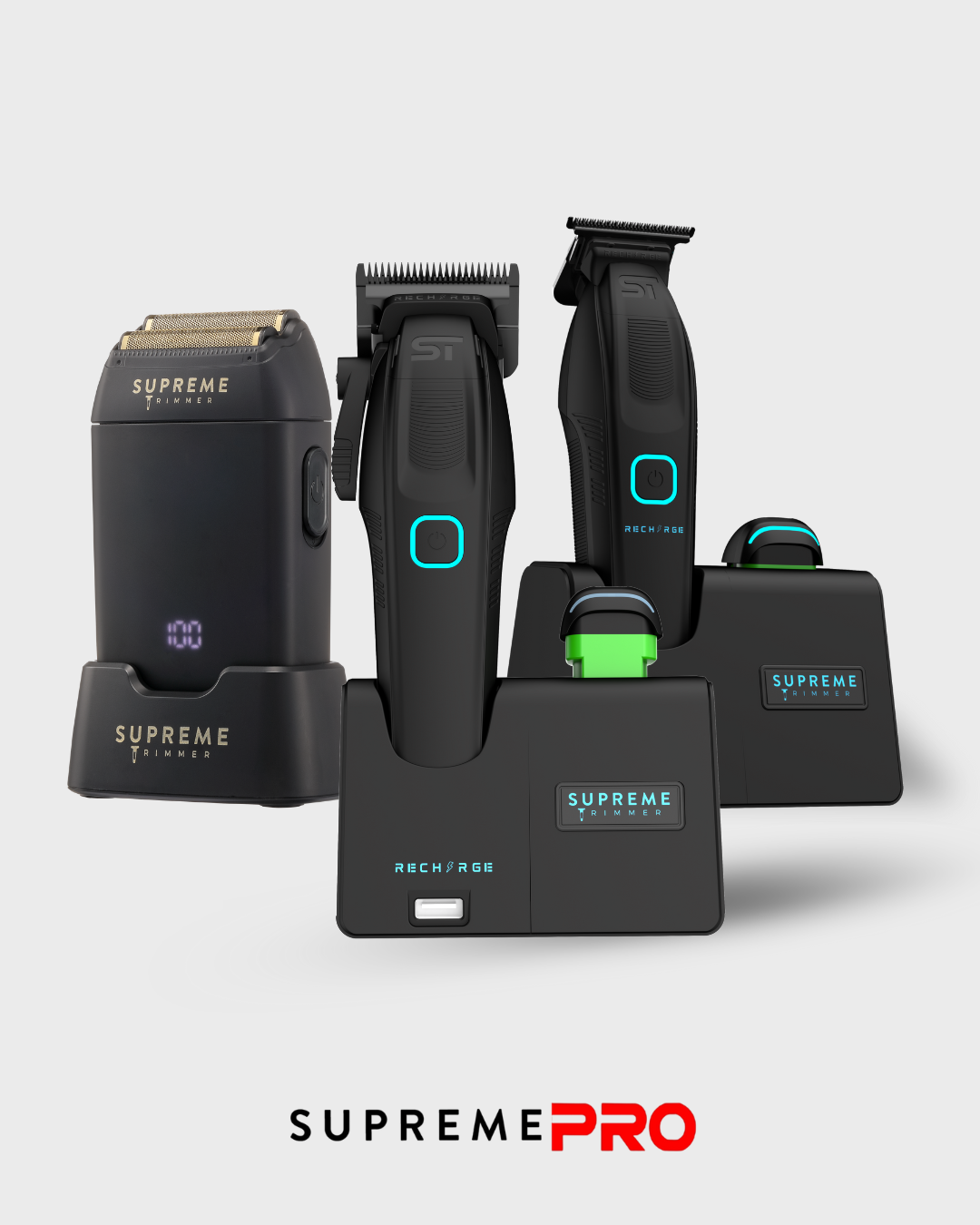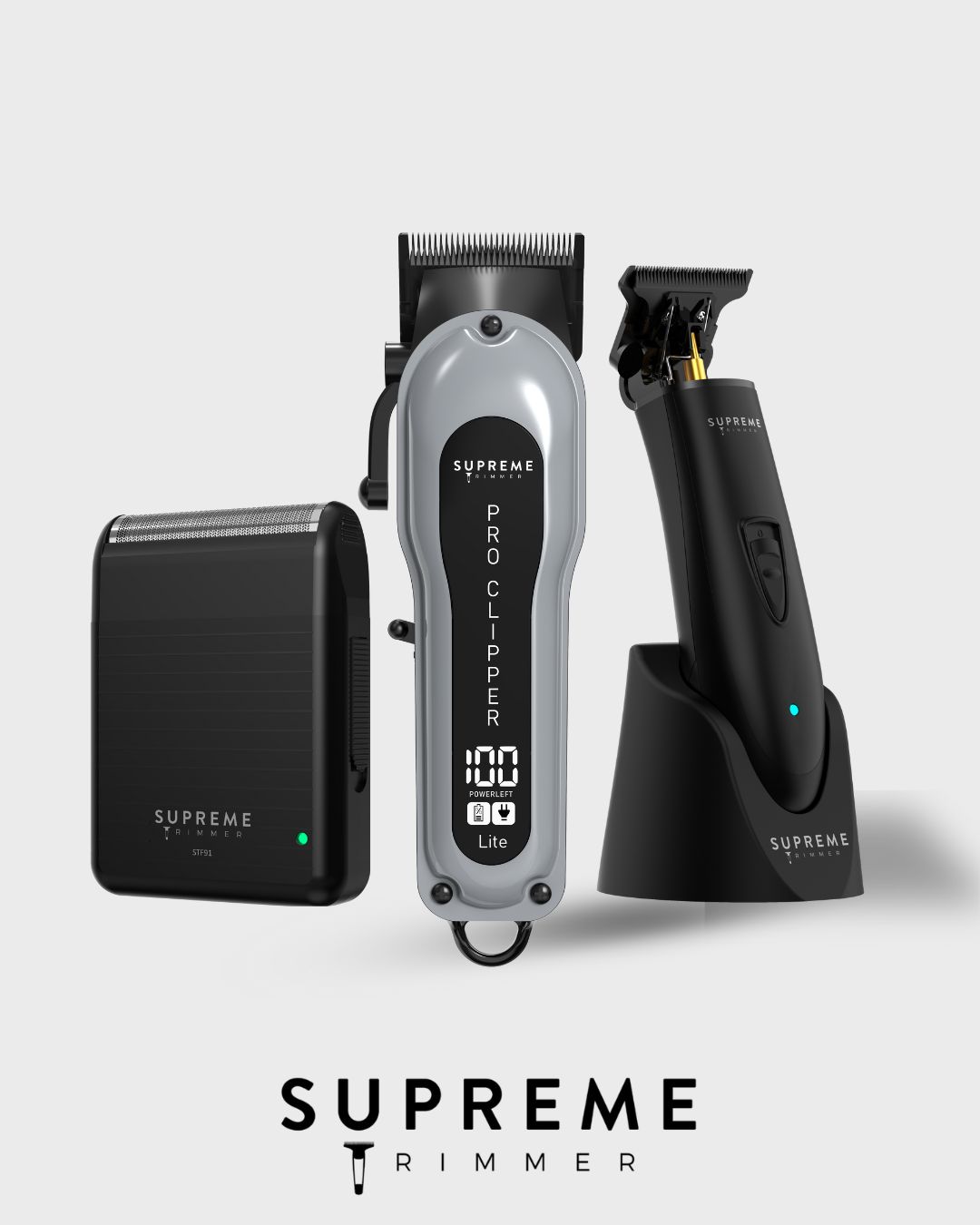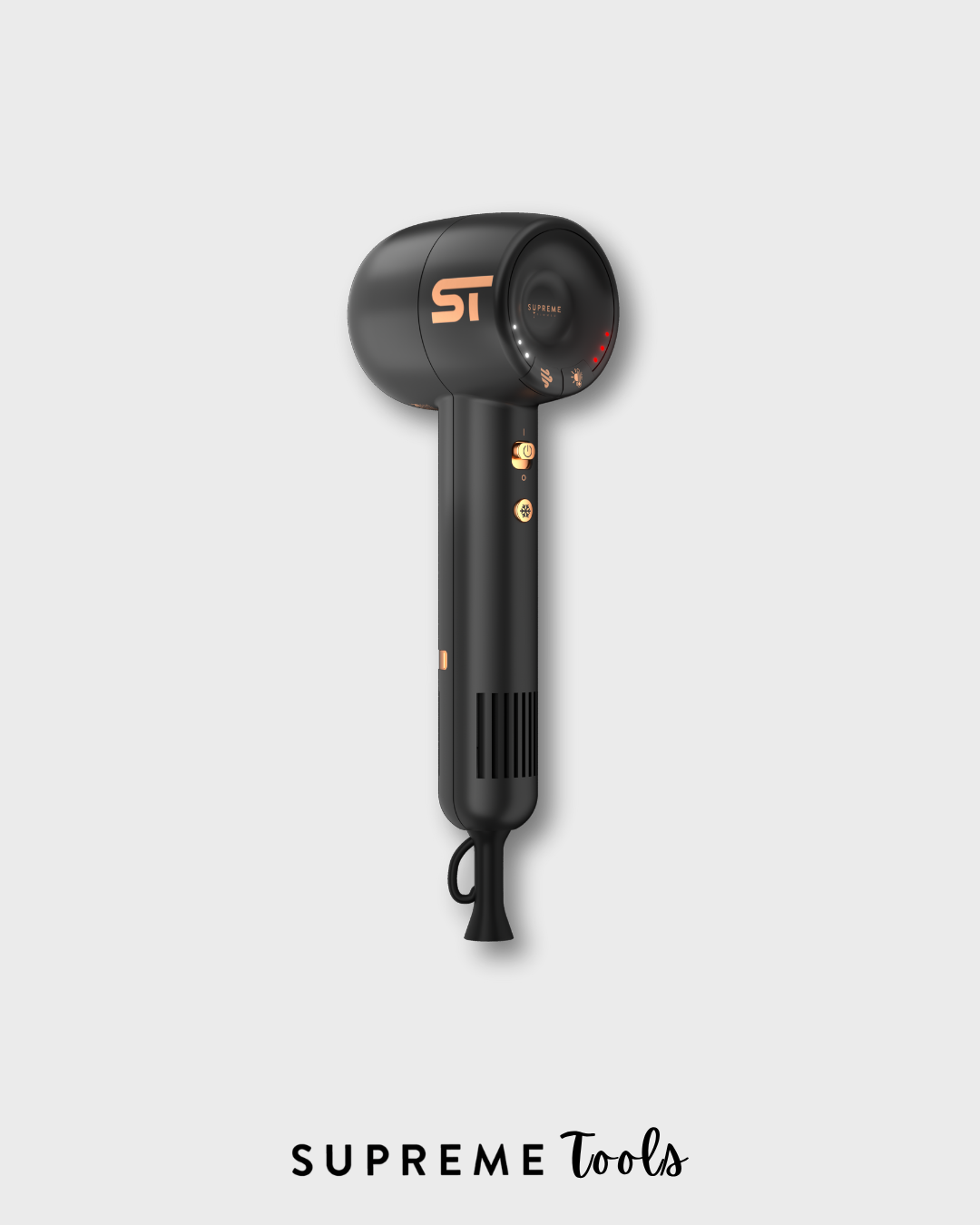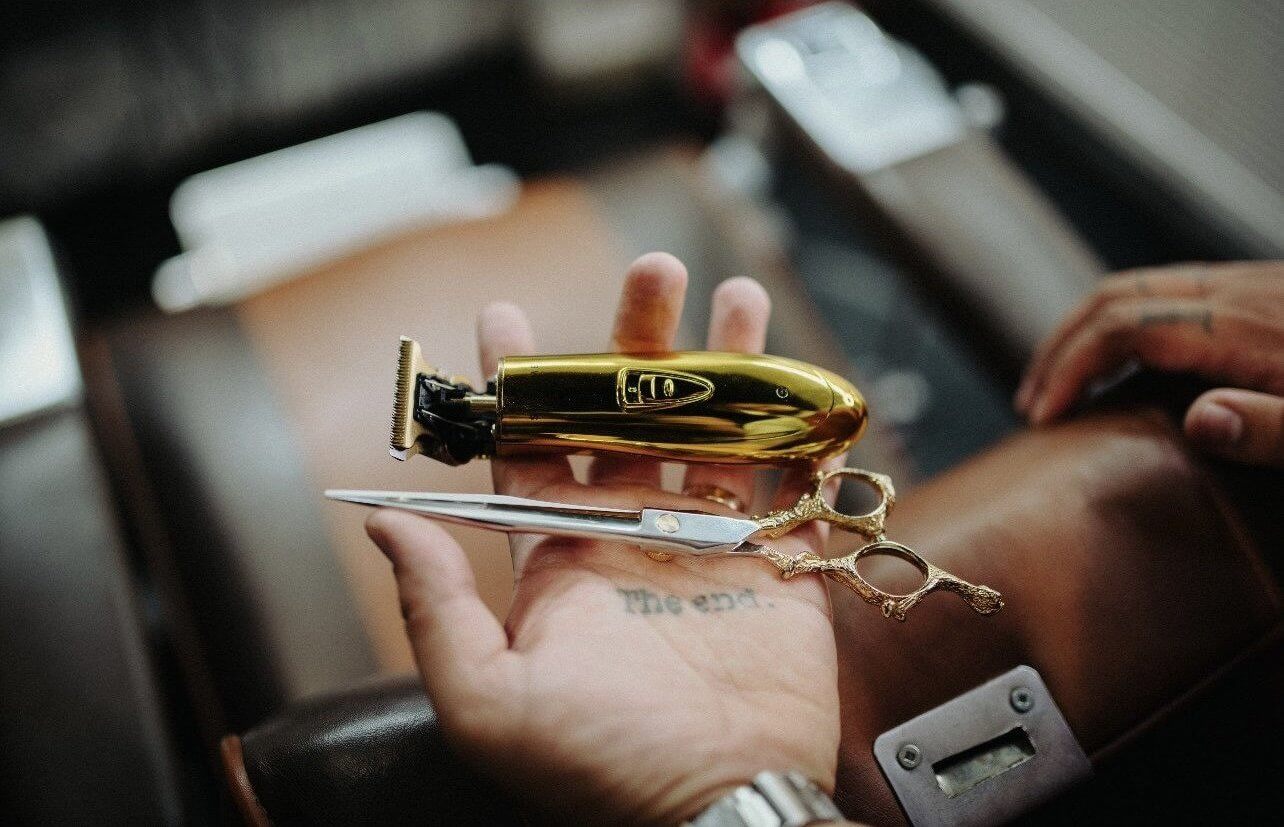Imagine stepping into a sleek, futuristic salon where a robotic arm, guided by artificial intelligence, crafts your haircut with precision. This isn't a scene from a sci-fi movie; it's the emerging reality of robotic barbers. As technology advances, the grooming industry is witnessing a transformation, blending tradition with innovation.
The Intersection of Robotics and Grooming
Robotic barbers represent the convergence of robotics and personal care. These machines are designed to perform tasks traditionally handled by human barbers, such as cutting, trimming, and styling hair. The allure lies in their potential to offer consistent results, reduce human error, and cater to the growing demand for quick and efficient services.
One notable development in this field is the work of Professor Shoji Takeuchi and his team at the University of Tokyo. They have pioneered the creation of "living skin" for robots, a significant step toward making robotic interactions more human-like. This biohybrid approach involves integrating engineered skin tissue with robotic structures, allowing for more natural movements and interactions. While not directly related to haircuts, this advancement showcases the potential for robots to engage in more personalized and intricate tasks, including grooming.
Real-World Applications and Innovations
The concept of robotic barbers is not confined to laboratories. Various companies and innovators are bringing this idea to life. For instance, Shane Wighton, known for his YouTube channel "Stuff Made Here," developed a robotic system capable of cutting hair. While the project was more of an experimental endeavor, it demonstrated the feasibility of automating haircuts. Wighton's approach involved using a robotic arm equipped with clippers, guided by pre-programmed instructions to trim his hair.
Moreover, a startup called Buzz Robotics has been experimenting with automated haircuts. They introduced "Buzz Bot 1" (BB-1), a robot designed to perform neck trims. Utilizing 3D scanning and robotic arms, BB-1 offers a glimpse into the future of automated grooming services. While still in the developmental stage, such innovations highlight the potential for robots to handle specific grooming tasks.
Challenges and Considerations
Despite the promising developments, the integration of robotic barbers into mainstream salons faces several challenges. One primary concern is the ability of robots to replicate the nuanced skills of human barbers. Haircutting is not just about precision; it's also about understanding the client's preferences, hair texture, and desired style. While robots can be programmed to execute specific tasks, the artistry and personalization offered by human barbers are difficult to emulate.
Additionally, the cost of implementing robotic systems in salons can be prohibitive. High initial investment, maintenance, and the need for specialized training pose significant barriers to widespread adoption. For many small businesses, the financial outlay may outweigh the perceived benefits.
Looking Ahead
The future of grooming may very well include robotic barbers. As technology continues to evolve, these machines could become commonplace in salons, offering efficient and consistent services. However, the human touch remains irreplaceable. The ideal scenario might be a collaborative approach, where robots handle routine tasks, allowing human barbers to focus on personalized styling and customer interaction.
In conclusion, while robotic barbers are making strides in the grooming industry, they are unlikely to replace human barbers entirely. Instead, they may serve as valuable tools that enhance the efficiency and consistency of grooming services, complementing the irreplaceable skills and personal touch of human professionals.
Sources:
-
Shoji Takeuchi and his team's research on biohybrid robots at the University of Tokyo, highlighting advancements in integrating living skin with robotic structures.
-
Shane Wighton's "Stuff Made Here" YouTube channel, showcasing experiments in robotic hair cutting.
-
Buzz Robotics' development of "Buzz Bot 1" (BB-1), an automated system designed for neck trims, demonstrating the potential of robotics in grooming services.







